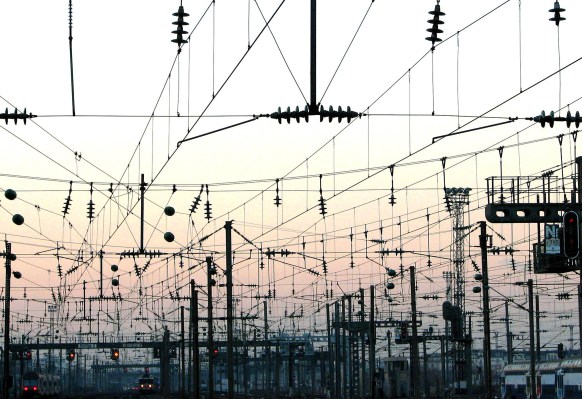Google’s smart home device business, Nest, is increasing its ties to the utility industry by adding another partner to bring its smart thermostats into homes to reduce energy consumption and provide that unused power back to utilities in times of peak power demand.
Last year the company inked an agreement with OhmConnect, and it has now signed another deal with the startup Leap. While the OhmConnect deal helped Nest manage end customer sign-ups, in its deal with Leap, sign-ups are handled through Nest’s Rush Hour Rewards program and Leap provides the exchange through which reduced power is provided to the utility.
The agreement will be another way for Leap to provide power to Pacific Gas & Electric under its existing 45 megawatt contract with the utility.
“Google Nest is an excellent partner to have as we continue our efforts to deliver much-needed flexible capacity in California – their decision to join the Leap Exchange is a wonderful example of using today’s increasingly smart and responsive appliances as assets that benefit the grid as a whole,” said Thomas Folker, CEO of Leap, in a statement.
According to Folker, every consumer has about one kilowatt of load they can reduce over the course of a year. It’s about a $50 value per year and Folker’s Leap is installing the Nest home hub for free (a $120 value), Folker said.
It’s a way for consumers to get the Nest Hub (listening device, smart thermostat and Internet of Things control device) into their homes for free, while Leap handles selling the load onto the grid.
The company has about 2,500 Nest devices already enrolled in the program for about 2.5 megawatts of the 45 megawatts the company has promised to PG&E.
Ultimately, Leap thinks it can take this partnership on the road to other areas where the company is operating, including Texas and Southern California.
Nest has also done work directly with consumers in Southern California, including projects with Southern California Edison, SDG&E’s programs and a load reduction deal for 50 megawatts with Southern California Edison.
